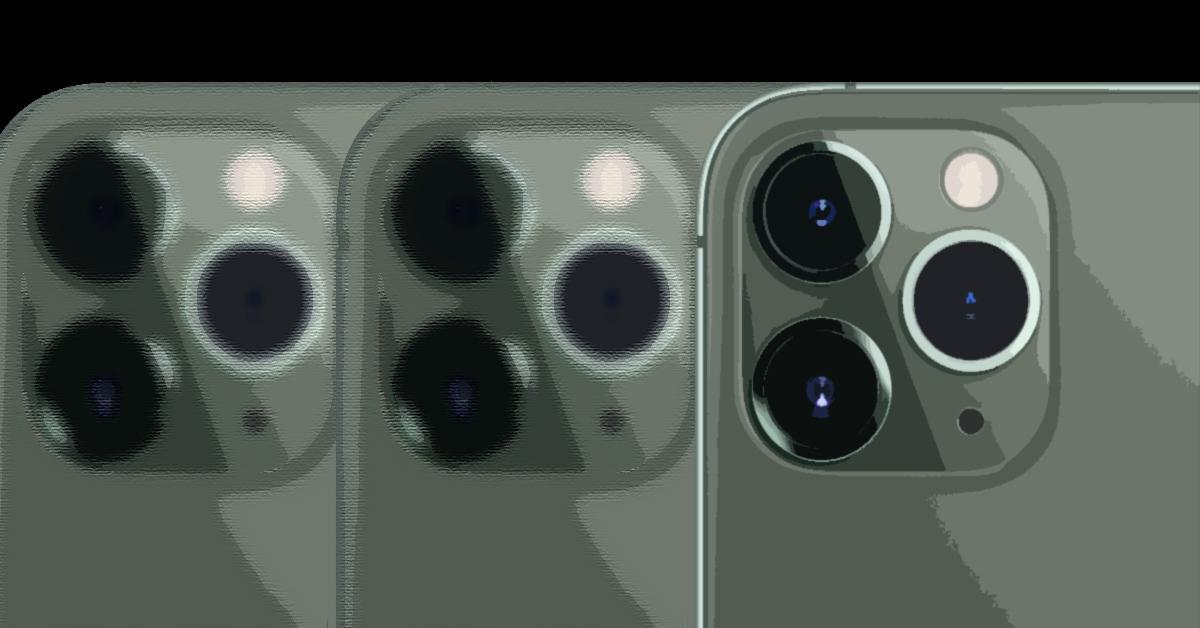(Updated on September 11, 2019) You take a sip of your bubble milk tea, pausing to appreciate just how good it is. It’s your favorite: rock salt and cheese, with two extra orders of pearls thrown in for good measure. Deeming it “Instagram-worthy,” you decide to take a picture of it. After posting your artfully composed photo, you log off for a bit to finish your drink.
An hour later, you find a handful of comments and private messages waiting for you.
“Not cool! That looks disgusting!”
“Ugh!”
“#triggered!”
“How inconsiderate. Next time, don’t post things like this, please.”
You find this utterly baffling. How — why — did your seemingly innocent picture manage to get such a rise out of people?
Tripped up by trypophobia
Out of all the things that make us feel disgusted, terrified, or uneasy, tightly clustered holes are among the most annoying. It’s not just because they’re so maddeningly simple (and, in most cases, quite harmless).
No, it’s because they’re pretty much everywhere.
Walk around your house, and you’ll see them on your cheese grater, your clothes hamper, and even your screen doors. Going out of the house? Try not to look at any wire fences, or bubble wrap, or strawberries, or beehives. Browsing the internet? Make sure to avoid pictures of flower pistils, blackhead clusters, or lotus seed pods.
This irrational fear of closely packed holes or round shapes earned the informal (but convincing-sounding) trypophobia. It derives its name from the Greek word for “boring holes” (trypo).
According to Internet myth, the word came from an unidentified Irish woman, who posted about it online in 2005.
Multiple sources attribute trypophobia’s surge in popularity to the creation of a Facebook group for trypophobics in 2009. The group remains active to this day, and has over 13,000 members.
Interestingly, trypophobia isn’t considered an actual phobia. Many psychologists and experts acknowledge that certain imagery can trigger such feelings of revulsion and disgust. However, it has yet to be included in an officially recognized list of phobias.
Filling in the holes of what we know
Whichever way you look at it, trypophobia is a strange — and relatively new — concept, for sure.
In fact, the first peer-reviewed study focusing on trypophobia only came out in 2013. Two researchers from the University of Essex examined a selection of images considered potential triggers. They concluded that the negative response to such stimuli may be due to the fact that they appear similar to the patterns on the skins of dangerous animals — an evolutionary adaptation, so to speak.
Meanwhile, a 2017 study offers a different explanation. Clustered holes remind us of parasitic infections, giving off the impression of disease and decomposition. In other words, it may be more accurate to call it an extreme manifestation of a biological imperative rather than an actual phobia.
Others suggest that this may simply be a case of cultural transference — behavior that was (unknowingly) copied and passed on between individuals. Given how the trypophobia phenomenon boomed because of social media, this explanation isn’t too farfetched.
Long story short, it’s not that unusual for clustered holes to make your skin crawl. It’s just that those images tend to rip a larger hole in some people’s courage than others.
Curious to see if you have trypophobia? Here’s a test, sort of. Consider yourself warned, though. What you’ll see there won’t be pretty.
References
- https://news.nationalgeographic.com/2017/07/trypophobia-fear-of-holes-study-spd/
- https://www.popsci.com/trypophobia
- http://journals.sagepub.com/doi/abs/10.1177/0956797613484937
- https://www.tandfonline.com/doi/abs/10.1080/02699931.2017.1345721
- http://www.abc.net.au/news/2018-08-31/trypophobia-and-the-fear-of-small-holes/10093350
Author: Mikael Angelo Francisco
Bitten by the science writing bug, Mikael has years of writing and editorial experience under his belt. As the editor-in-chief of FlipScience, Mikael has sworn to help make science more fun and interesting for geeky readers and casual audiences alike.







